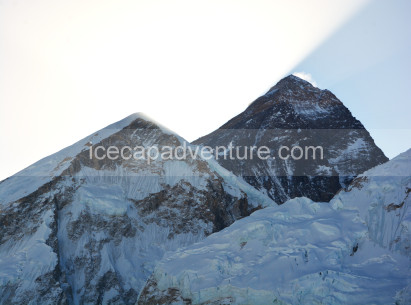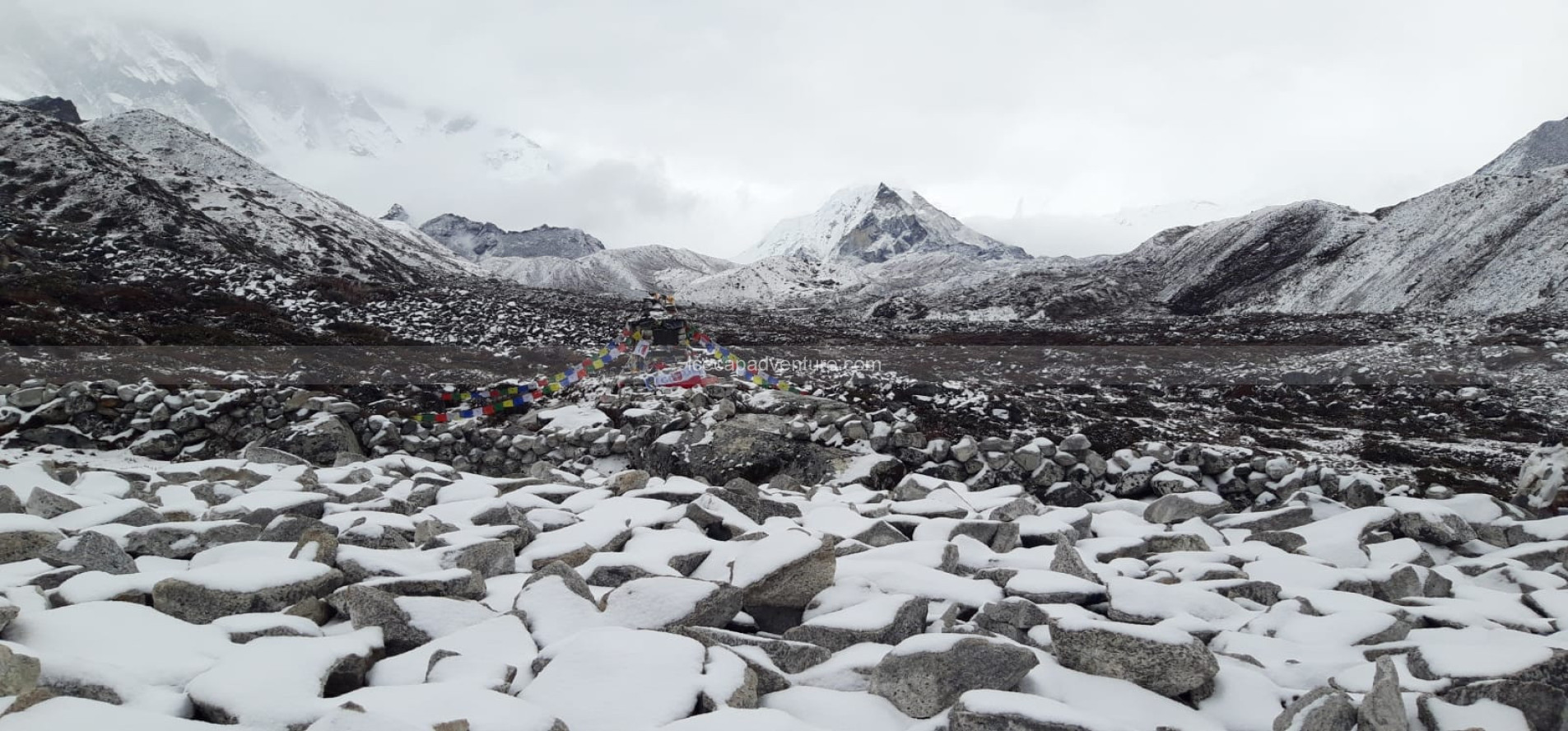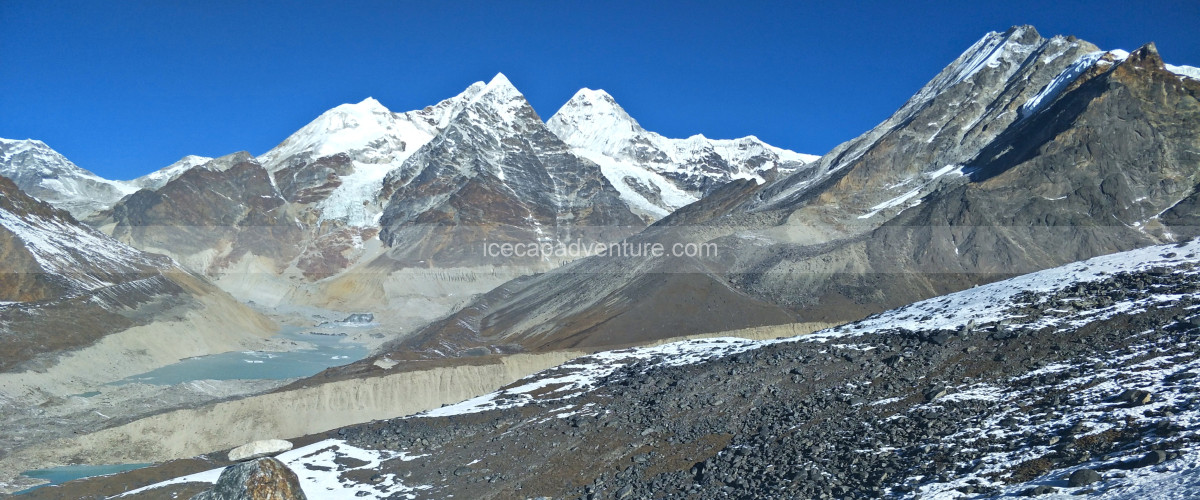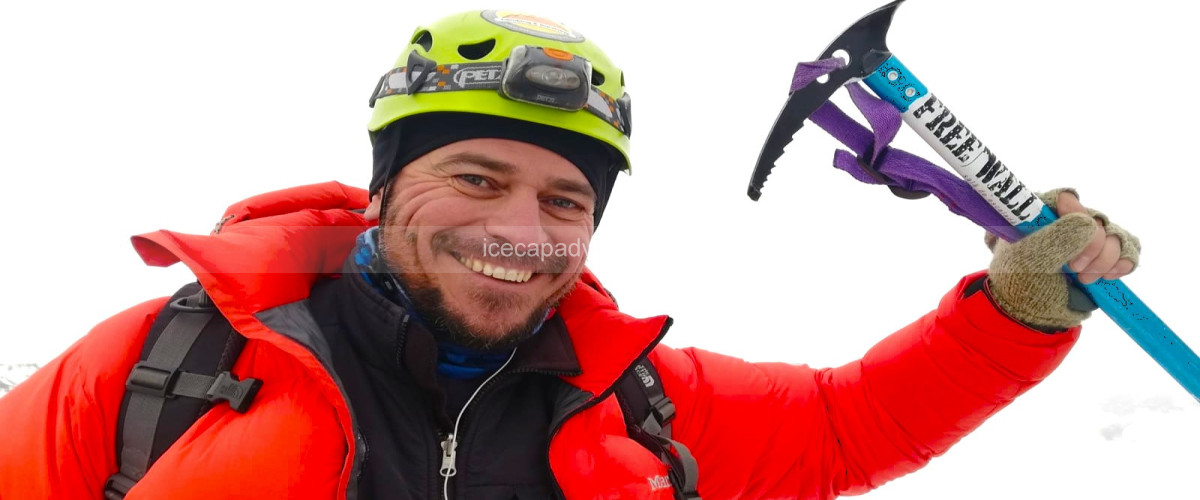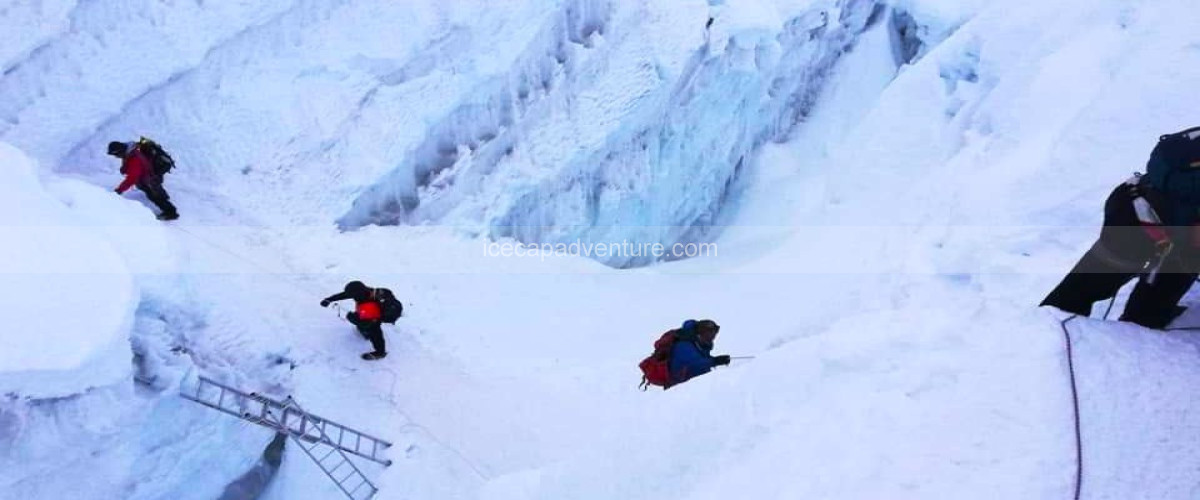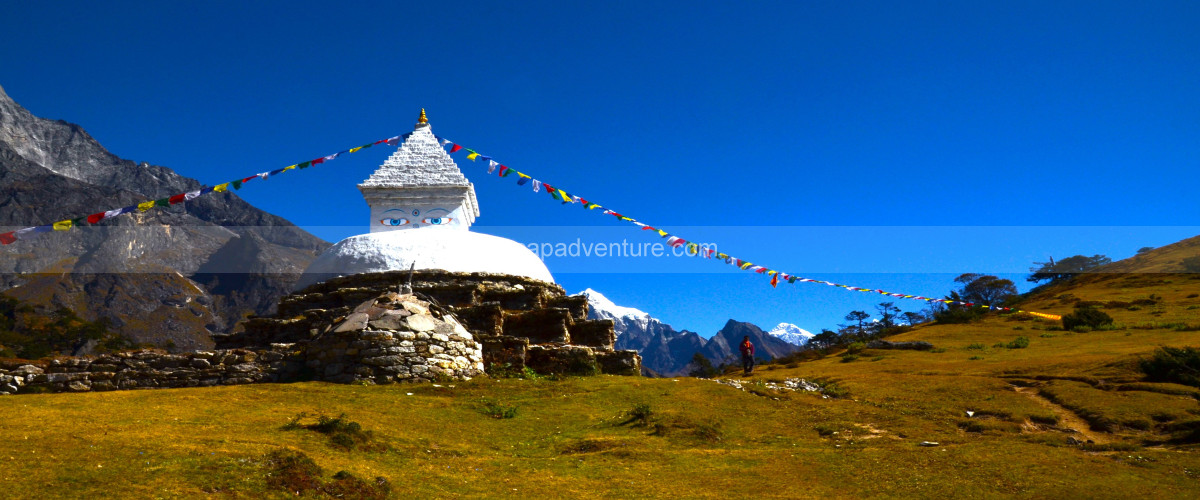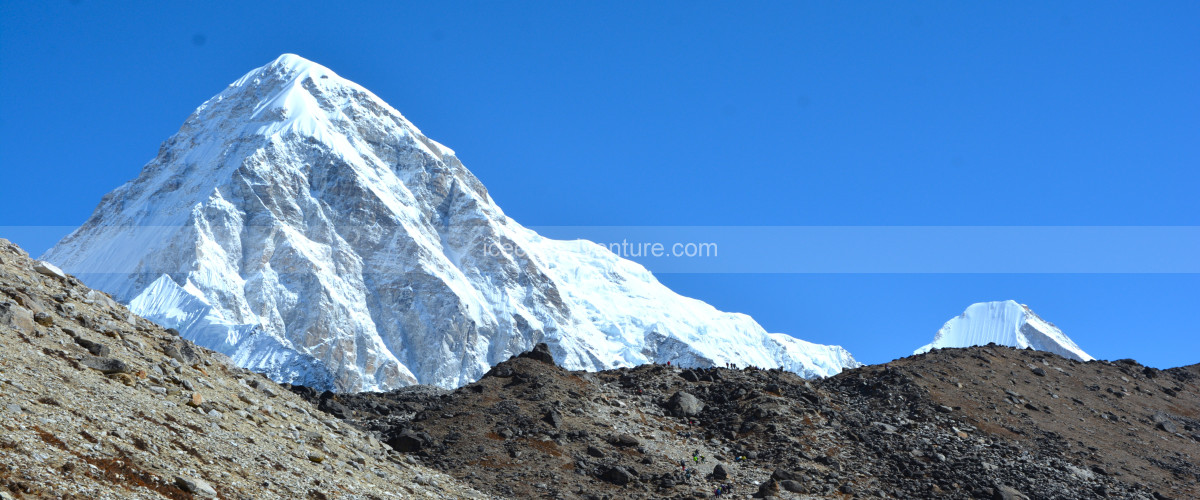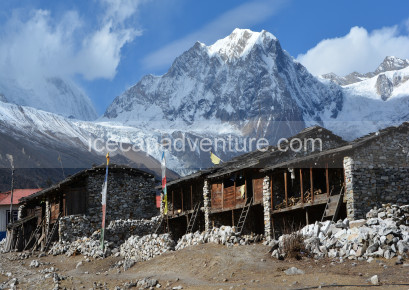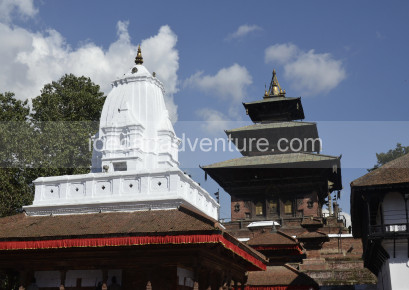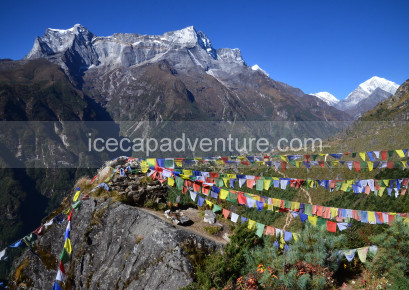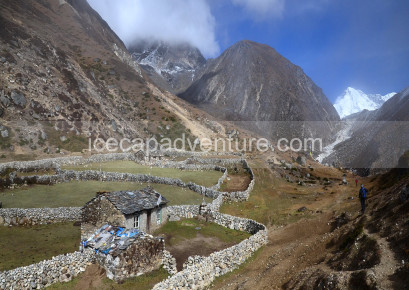.png)
.png)
.png)
.png)
.png)
.png)
.png)
,
1
.
.png)
.png)
.png)
.png)
2
.
.png)
.png)
.png)
.png)
3
.
.png)
.png)
.png)
.png)
4
.
.png)
.png)
.png)
.png)
5
.
.png)
.png)
.png)
.png)
6
.
.png)
.png)
.png)
.png)
7
.
.png)
.png)
.png)
.png)
8
.
.png)
.png)
.png)
.png)
9
.
.png)
.png)
.png)
.png)
10
.
.png)
.png)
.png)
.png)
11
.
.png)
.png)
.png)
.png)
12
.
.png)
.png)
.png)
.png)
13
.
.png)
.png)
.png)
.png)
14
.
.png)
.png)
.png)
.png)
15
.
.png)
.png)
.png)
.png)
16
.
.png)
.png)
.png)
.png)
17
.
.png)
.png)
.png)
.png)
18
.
.png)
.png)
.png)
.png)
19
.
.png)
.png)
.png)
.png)
20
.
.png)
.png)

Non hai trovato quello che cercavi?
Allora perché non pianificare il tuo viaggio? Ci vogliono solo 2 minuti.- Arrivo e partenza dall’aeroporto con veicolo privato.
- Alloggio 3 stelle a Kathmandu con colazione per due notti.
- Biglietti aerei andata e ritorno da Kathmandu a Lukla e da Lukla a Kathmandu.
- Pasti in pensione completa (colazione, pranzo, cena, tè e caffè) durante il trekking.
- Alloggio in campo tendato durante il periodo di arrampicata.
- Permesso/i per il trekking/arrampicata su Island Peak e altre tasse necessarie.
- Attrezzatura e materiali da arrampicata di gruppo necessari.
- Guida di arrampicata e assistente Sherpa necessario, tutti i pagamenti inclusi.
- Borsa Gamow (borsa camera di altitudine portatile) per misure di sicurezza su richiesta.
- Kit medico esclusivo.
- Tutte le tasse governative e locali.
- Presenta il modulo di registrazione turistica all’ambasciata/consolato richiesto.
- Visa fees, intl. airfare & departure taxes
- Personal climbing equipment (can be hire in Kathmandu)
- Excess baggage charges
- Lunch and dinner in city
- Travel and rescue insurance
- Personal expenses e.g. phone calls, laundry, bar bills & extra porters
- Tips for driver, guides and porters

✅ Clothing
-
Base Layers (Thermal Tops & Bottoms)
-
Trekking Shirts (Long & Short Sleeves)
-
Fleece Jacket / Warm Mid-layer – For insulation.
-
Down Jacket – Essential for nights above 3,500m.
-
Waterproof & Windproof Jacket (with hood).
-
Trekking Pants (lightweight, quick-drying).
-
Warm Trekking Pants (for high altitude).
-
Waterproof Pants (for rain/snow).
-
Underwear – Comfortable, quick-dry.
-
Sports Bras (for women).
✅ Head & Hand Wear
-
Warm Hat / Beanie and Sun Hat / Cap.
-
Buff / Neck Gaiter / Scarf.
-
Sunglasses and Gloves 2 pairs
✅ Footwear
-
Trekking Boots – Sturdy, waterproof, broken-in.
-
Lightweight Shoes / Sandals – For camp/teahouse.
-
Warm Trekking Socks – At least 4–5 pairs.
✅ Sleeping & Bags
-
Sleeping Bag (Down -15°C) and Liner.
-
Duffel Bag (carried by porter).
-
Daypack (30–40L) – For personal items.
-
Rain Cover for Backpack.
✅ Trekking Gear
-
Trekking Poles & Gaiters – For snow or muddy.
-
Headlamp (with extra batteries).
-
Water Bottles (2–3 liters) and Water Purifications.
-
Personal First Aid Kit
-
Snacks / Energy Bars / Dry Fruits.
✅ Accessories & Personal Items
-
Sunscreen (SPF 30–50) and Lip Balm with SPF.
-
Toiletries and Hand Sanitizer.
-
Towel (quick-dry) and Toilet Paper
-
Camera / Power Bank / Solar Charger.
✅ Documents & Money
-
Valid Passport and Visa.
-
Travel Insurance (cover high-altitude & helicopter rescue).
-
Cash (Nepali Rupees) – For personal expenses.
Good to Know – Everest Base Camp Trek & Island Peak Climbing
-
Best Seasons to Trek and Climb:
The combined Everest Base Camp (EBC) Trek & Island Peak (6,189m) Climbing is best undertaken in spring (March–May) and autumn (September–November). These seasons provide stable weather, clear skies, and optimal trail conditions. Winter is extremely cold with snow-covered trails, while monsoon brings slippery paths and potential landslides. -
Altitude Awareness:
This adventure reaches EBC at 5,364m and the summit of Island Peak at 6,189m, making it a high-altitude expedition. Proper acclimatization is essential to reduce the risk of acute mountain sickness (AMS). Trekkers should plan rest days at Namche Bazaar, Dingboche, or Chhukung. -
Physical Fitness:
The trek and climb are moderate to strenuous, requiring good physical fitness and endurance. Daily trekking/climbing can take 5–8 hours, including steep ascents, glacier travel, and basic technical climbing sections. Prior trekking experience at high altitudes is recommended. -
Permits Required:
Climbers need an Island Peak Climbing Permit, Sagarmatha National Park Permit, and a TIMS (Trekkers’ Information Management System) card. These can be arranged through licensed trekking or expedition operators. -
Accommodation and Meals:
Teahouses are available along the trekking route up to Base Camp, offering basic rooms with shared bathrooms. Higher camps for Island Peak use tents. Meals include dal bhat, noodles, soups, pasta, and energy snacks. Food variety decreases and prices rise at higher altitudes. -
Drinking Water:
Bottled water is available in villages, while at higher camps, water is melted from snow. Trekkers should carry a reusable bottle with purification tablets or filters. Staying hydrated is critical at high altitude. -
Packing and Gears:
Essential gear includes trekking boots, crampons, ice axe, harness, helmet, warm layered clothing, down jacket, gloves, hat, trekking poles, sleeping bag rated for -15°C, headlamp, sunglasses, sunscreen, power bank, and first aid kit. Technical climbing gear is required for Island Peak. -
Flight and Transportation:
The journey begins with a flight from Kathmandu to Lukla, followed by trekking through Namche Bazaar, Tengboche, Dingboche, and Chhukung to EBC. After returning to Base Camp or Chhukung, climbers establish a high camp on the glacier before summiting Island Peak. The route features glaciers, alpine landscapes, and panoramic Himalayan views. -
Travel Insurance:
Comprehensive high-altitude trekking and climbing insurance is highly recommended, covering medical emergencies, helicopter evacuation, and summit climbing risks. -
Connectivity and Charging:
Mobile networks exist in larger villages like Namche Bazaar and Dingboche, but coverage is limited at higher camps. Lodges may offer charging facilities for a fee, and carrying a power bank is strongly advised. -
Highlight Experience:
This combination offers the ultimate Everest region adventure, with trekking to Everest Base Camp and summiting Island Peak, providing spectacular views of Everest, Lhotse, Ama Dablam, and Makalu, glacier crossings, and an unforgettable Himalayan mountaineering experience. It’s ideal for trekkers seeking a high-altitude trek with a rewarding summit challenge.

